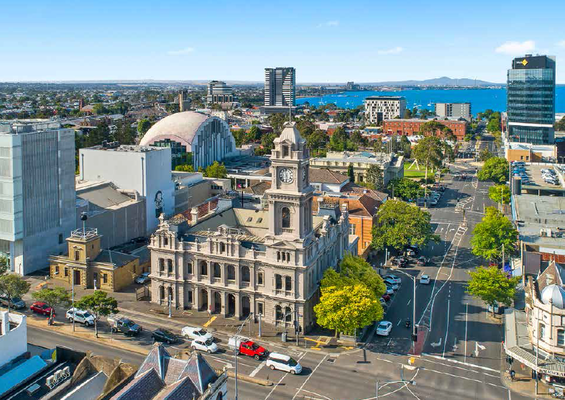Geelong’s population is growing fastest out of Australia’s 25 largest cities, according to recently-released data from a demographic analysis group.
The city’s growth of 14.2 per cent over five years to June 2019 outstripped Melbourne at 13.3 per cent, according to population group .id.
Geelong’s annual population growth of 2.8 per cent during the 2018/19 financial was also the fastest of Australia’s largest 25 cities.
The data showed a need for “urgent” government funding for Geelong and the surrounding region, according to Elaine Carbines, chief executive officer of regional alliance G21.
“It is unacceptable that the fastest-growing regional city in Australia is still begging for a decent rail service to Melbourne,” Ms Carbines said.
“Governments continue to procrastinate about a solution to congested, slow train services between Melbourne and Geelong.”
Ms Carbines renewed calls to fast-track the duplication of rail from Waurn Ponds to Geelong, which has been funded.
While governments had spent big on protecting people against coronavirus, well-chosen major projects would help reboot economies and create jobs, she said.
“Governments are looking for those projects now and this region has both the need for such investment and a compelling case.”
Ms Carbines also called for the upgrade of freight connections to the Geelong Port and extending the Geelong Ring Road to the Bellarine Peninsula, among other projects.
The Armstrong Creek growth area is set to eventually accommodate 60,000 people while proposed growth areas to Geelong’s north and west are set to accommodate a total of 100,000 residents.
“Existing train services are inadequate for the current population’s travel needs,” Ms Carbine said.
“Imagine what it will be like in several years when Geelong has an extra 100,000 people living to its north, many of whom will expect to commute to Melbourne.”
Of Australia’s largest 50 cities, only Melton had a faster five-year (27.7 per cent) and annual (five per cent) growth than Geelong, according .id.
Census expert Glenn Capuano, who compiled the report, said that COVID-19 would likely have a large impact on population growth due to less overseas migration.
“These figures of course pre-date this. The growth rates in the next couple of years are likely to be lower.”







